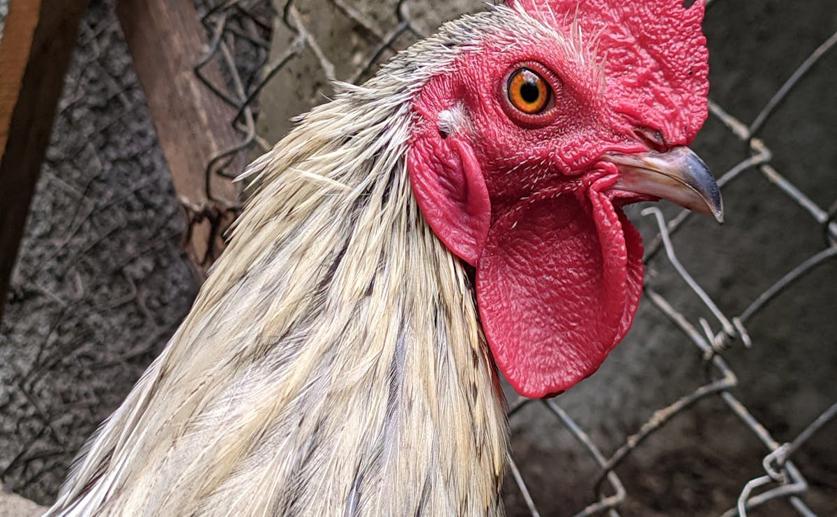
Uncovering How Ethiopian Local Chickens Adapt Naturally
Jim Crocker
21st March, 2024

Image Source: Ernesto Alejandro Pérez (photographer)
Key Findings
- Study in Ethiopia finds local chickens adapt genetically to their diverse environments
- Chickens at high altitudes show genetic traits for coping with low oxygen levels
- Findings aid breeding programs to improve chicken resilience to climate change
References
Main Study
1) Landscape genomics reveals regions associated with adaptive phenotypic and genetic variation in Ethiopian indigenous chickens.
Published 18th March, 2024
https://doi.org/10.1186/s12864-024-10193-6
Related Studies
2) Species and Phenotypic Distribution Models Reveal Population Differentiation in Ethiopian Indigenous Chickens.
3) Selection signatures for high-altitude adaptation in ruminants.
4) Sampling strategy optimization to increase statistical power in landscape genomics: A simulation-based approach.
5) Natural Selection Footprints Among African Chicken Breeds and Village Ecotypes.



 18th March, 2024 | Jenn Hoskins
18th March, 2024 | Jenn Hoskins